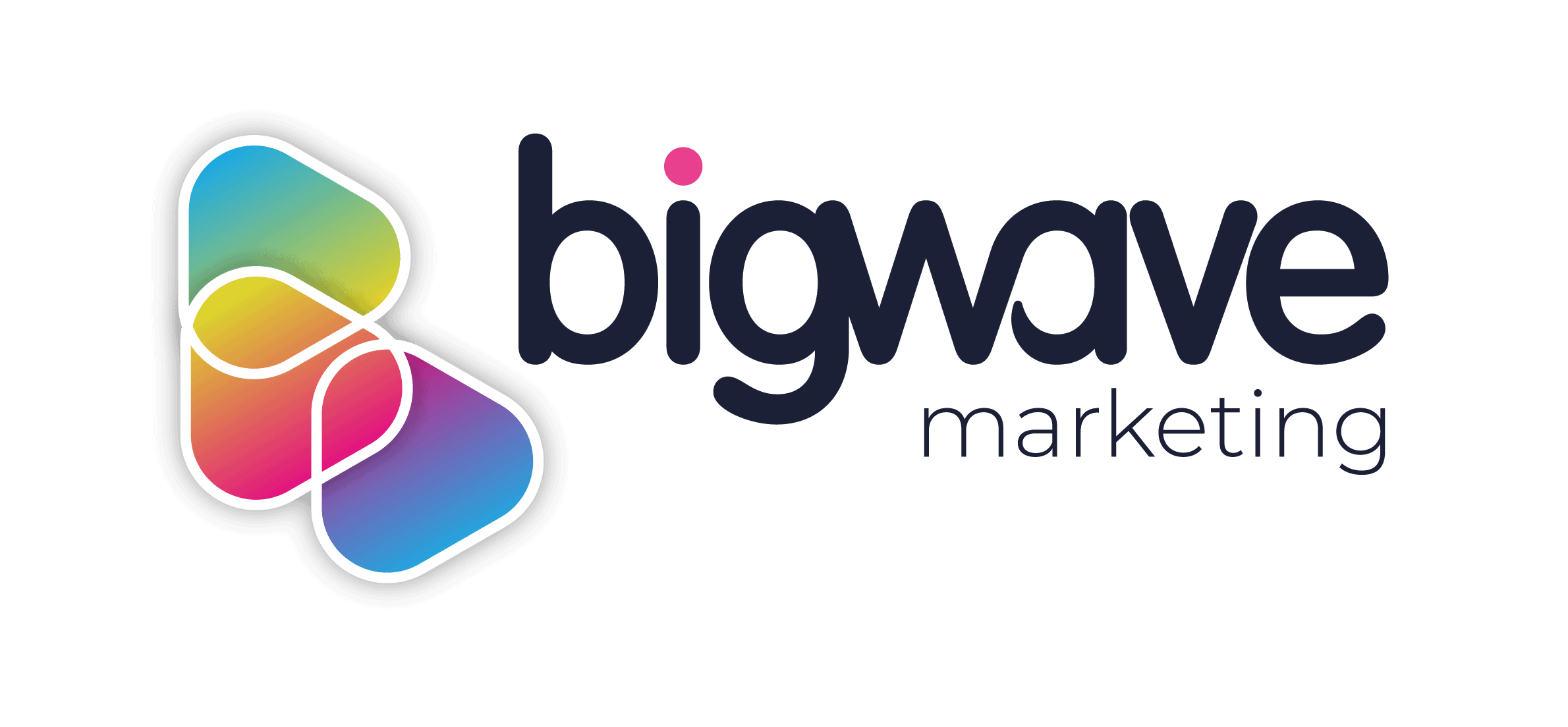Because of this, design is everywhere. And as a Creative Director, I especially notice average design and more often designs that aren’t fit for purpose.
The problem is, these designs could be great. The designers themselves are clearly talented.
So, here’s my little list of dos and don’ts that could take designs from meh to maximum impact.
When it comes to digital, DO make sure that your design shines, no matter the device
It won’t come as a shock to anyone who hasn’t spent the last 20 years living under a rock that a whopping 64% of people now access the web using their mobiles
Whilst the knee jerk reaction here is to then tailor your design to mobile users. “But it still works fine for other device users, so that’s fine, right?” Wrong.
The reality is that people are seeing your designs in new ways all the time. Tablets, desktops, and mobiles are all now-classic devices that most designers already optimise for.
But have you considered the people who view your designs on their watches?
My point is that the key to a great design is how adaptive it is. What you want is a consistent experience no matter what size the user’s screen is.
DON’T overcomplicate things
There’s a very fine line between making something look spectacular and making something look busy.
You want someone to think, “WOW, that looks incredible. I’ll take whatever they’re selling!”
You do not want them to think, “OMG, my eyes are melting. I can’t even tell what they’re selling!”
I find a good rule of thumb is to think about what you can remove from the design rather than add.
Your design should be:
- Clean
- Clear
- Consistent
DO get to the point
Much like trying to overdesign something, people also often try to give too much information on one design at any one time.
To stop your designs being oversaturated with boring blabber (which is guaranteed to make readers switch off), I suggest adopting the ‘tease ‘n’ feed’ approach. Tease the reader with just enough information that they need more and then feed them the location of where to find it.
If you use your design effectively, people will be curious (after being fed that little nugget of information) and actually want to engage with your call to action.
Adopt this approach and your projects will naturally become far more creative, exciting and engaging.
DON’T forget that it needs to be fit for purpose
Sometimes, it’s clear that a design has been produced with little to no thought about its purpose.
A roadside billboard design that has 800 words on it would stump even Howard Berg (the world’s fastest reader – seriously, google it) as he whizzes past at 30mph.
And a poster that features a stunning photo that has text placed over it will probably not be easy to read, no matter how long you’ve stood there staring at it.
And you need to ask yourself whether your ‘quirky’ design is putting more effort into being clever (or even shocking) than being easy to understand.
Whilst there’s nothing wrong with a quirky style or a beautiful image, you must make sure that your design is easy to understand and fit for purpose. You must always put your brand, its values, and its mission into every design.
The same applies to the digital world. Your amazing design for print may not translate at all well to a digital audience, considering they’re less focused and often need an instant hook to read on.
DO make it obvious when you want the reader to do something
“Form follows function.” It’s a bit of a design cliché but it’s important to remember when designing, well, anything.
When it comes to design, this means making whatever you want your user to do with your design obvious.
So, if you’re designing something digital, make anything clickable look clickable. Create buttons, underlined links, and clear calls to action.
The opposite goes for anything that isn’t clickable. It’s easy to baffle a user (and detract from your message) if you use visual elements that look deceptively like buttons but aren’t clickable or underlined words or phrases that look like links but aren’t.
DON’T prevent your brand from stretching its legs
Having brand guidelines is vital and will give your company a strong tool to keep things consistent and increase your brand recognition.
But if you think about it, your potential customer has already seen the same design time and time again if that’s all you’re using for emails, posters, webpages, and all other marketing material.
Unfortunately, this means that you’ve already lost the customer. They’re subconsciously disregarding all your marketing before they even get the chance to see your incredible ‘not to be missed’ offer.
What a shame!
Don’t be afraid to let your high ROI projects break away from the norm. Let your next big campaign push those branding guidelines a little further to get the attention of those customers that see you all the time.
Your big ‘not to be missed’ offer will stand a better chance of reaching a bigger audience and your brand will have evolved.
DO stick to your guns
There’s always going to be that urgent, “NEED THIS NOW” project that needs to get out of the door as soon as possible.
But as soon as a project is out there in the public domain, it can never be unseen.
It won’t matter how impressively fast that you turned the project around if the design is rushed and compromises your brand. It will have no impact on your potential (or existing) customers.
Never sacrifice quality and brand voice for urgency. Stick to your guns and produce great designs that will wow potential customers.
Remember, sometimes it’s better to do nothing at all than to do something badly.

